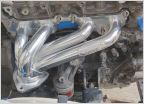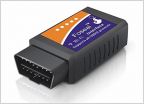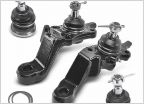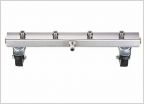-
Welcome to Tacoma World!
You are currently viewing as a guest! To get full-access, you need to register for a FREE account.
As a registered member, you’ll be able to:- Participate in all Tacoma discussion topics
- Communicate privately with other Tacoma owners from around the world
- Post your own photos in our Members Gallery
- Access all special features of the site
P0171
Discussion in '1st Gen. Tacomas (1995-2004)' started by jredv31, Sep 30, 2024.
Page 2 of 2
Page 2 of 2


 I install doug Thorley shorties, help to loud!!!!
I install doug Thorley shorties, help to loud!!!! SGI-100BT install 2003 3.4L tacoma
SGI-100BT install 2003 3.4L tacoma Code reader
Code reader Advice Needed - Upper Ball Joints
Advice Needed - Upper Ball Joints Washing frame on 1996 tacoma
Washing frame on 1996 tacoma










































































